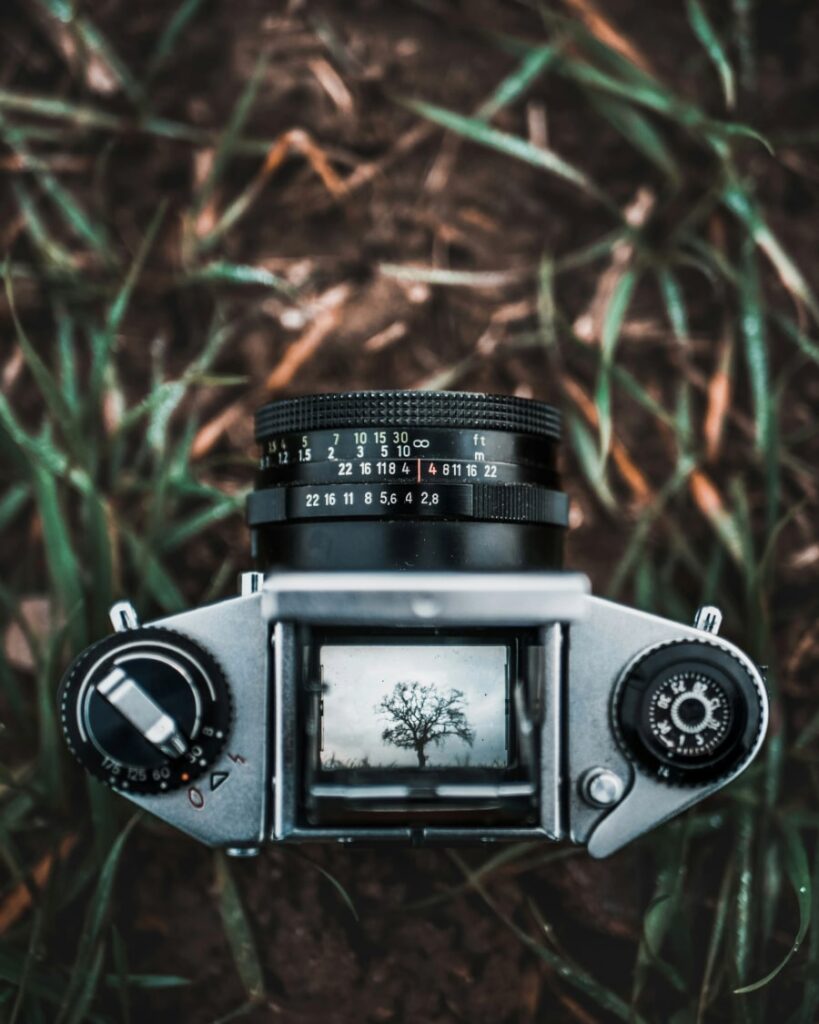
Starting the Search
- Choosing a first camera can feel overwhelming. Consider what types of photos you want to capture to guide your decision. Options include compact cameras, versatile DSLRs, or lightweight mirrorless models.
Camera Types for Beginners
- Compact Cameras: Lightweight, easy to use, and ideal for those who prefer point-and-shoot simplicity.
- DSLR Cameras: Offer more control and typically better image quality, making them great for learning photography basics.
- Mirrorless Cameras: Compact and feature-rich, balancing portability with high-quality images.
- Smartphone Cameras: Convenient, but limited in flexibility compared to dedicated cameras.
Features That Matter for Beginners
- Ease of Use: Look for models with intuitive controls, simple menus, and guide modes for learning.
- Automatic and Manual Modes: Auto modes give quick results, while manual options let you explore technical aspects as you progress.
- Lens Versatility: Interchangeable lenses add flexibility, while fixed lenses prioritize simplicity.
- Size and Weight: Smaller cameras are more portable, while heavier models often provide more stability and features.
Setting a Realistic Budget
- Pricing for Beginners: Beginner cameras range from budget-friendly to mid-range. Start with a price you’re comfortable with, as a quality first camera can last for years.
- Must-Have vs. Nice-to-Have Features: Prioritize essentials like image quality and usability over advanced features you may not need right away.
Extra Features to Look For
- Connectivity: Wi-Fi and Bluetooth make it easy to share and edit photos.
- Battery Life: DSLRs generally offer longer battery life than mirrorless and compact cameras.
- Built-In Guides and Presets: Helpful for beginners to understand settings and create specific effects.
Essential Accessories for a Starter Kit
- Lens Options: Start with a versatile zoom and consider a prime lens for sharper shots and specific styles.
- Tripod: Provides stability for low-light shots and experimenting with long exposure.
- Memory Cards: Choose cards with good storage and speed to match your shooting needs.
- Protective Gear: A camera bag is essential for protecting your investment, especially if you’re shooting outdoors or traveling.
How to Test Cameras Before Buying
- Hands-On Testing: Visit a store to feel the camera’s grip, weight, and layout.
- Online Samples and Reviews: Look at sample photos and reviews to assess each camera’s quality and capabilities.
- Renting Options: Renting a camera for a short period can help you decide if it’s the right choice before buying.
Growing with Your Camera
- Start with auto settings, then gradually explore manual options to understand ISO, aperture, and shutter speed for more creative control.
- Add lenses, filters, or experiment with lighting to build skills and expand your kit over time.
- Join online communities or take photography courses to learn techniques and develop your style.